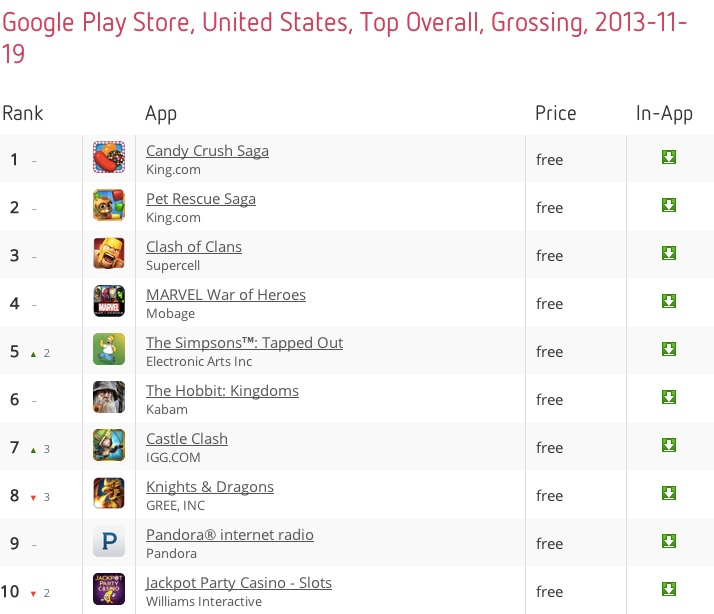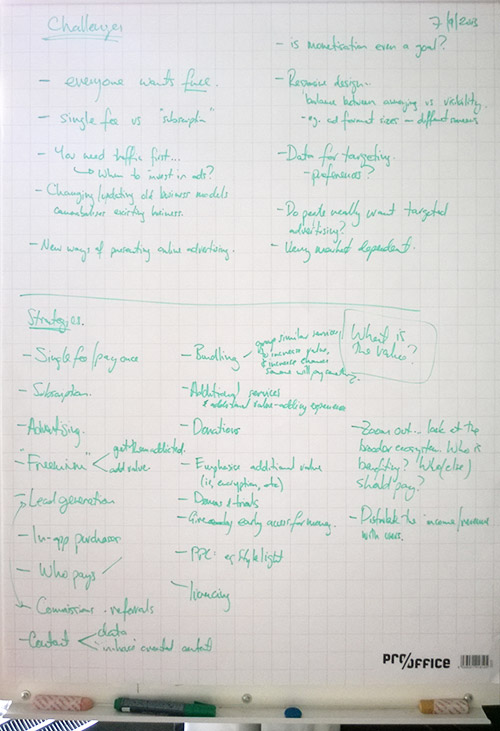I’m not a designer by trade (which means I have never been to design school or worked as a designer professionally), but I spend a lot of time designing things – websites, apps, experiences, presentations, flyers, posters and so on. The tools and resources needed to design beautiful things are more accessible than they have ever been before.
But what does this mean for designers? I mean, for people who call themselves designers; who are designers by profession?
I don’t think the design discipline is at risk of disappearing; of being absorbed by the greater masses. It is, however, becoming increasingly democratised and accessible. The lines between amateur and professional are blurred. That doesn’t force the designer into another profession – but it does force the designer to articulate his value in ways that differentiate him from the crowd.
Try this for a parallel: take a look at journalism. Journalism was also once a ‘closed system’, now it is hugely open and accessible. Journalism once required a degree in arts, journalism or literature, and your career started in the pit of some local rag newspaper writing articles by the thousands on local fairs, traffic jams and pub brawls. Now anyone has the ability to write something that reaches a million people instantly – and you don’t even need to be able to write a grammatically correct sentence to do it.
Modern forms of democratised media are changing traditional print journalism in big and irreversible ways – a situation nobody denies but nobody has a solution for. Partly because, I think, there is no ‘solution’. This isn’t a problem to be solved – it’s evolution.
What enabled this disruption? The internet, of course. But abstract it a different way and you see it was enabled by ubiquitous access to tools; tools that facilitate both creation and distribution.
Do should journalists start worrying about their jobs? Will they be replaced by citizen journalists and bloggers and twitterers? Maybe… it’s clearly happening faster than they think. Sure, a random blogger sitting in their bedroom cannot replace the TIME journalist who goes behind the lines in Afghanistan, Syria or wherever. But when a witness to a disaster or tragedy can upload a video to YouTube in seconds (think the recent chemical weapons attack in Syria), the role of that TIME journalist changes.
There’s another example that you might not have thought of: software engineering. Back in “my day”, you needed a computer engineering degree to write software (I know, I have one). Code was complicated and inaccessible. Now, anyone can write an app or build a website in minutes. There are frameworks and programs that let you build an app with a WYSIWYG interface and publish it directly to the store. There are code camps for designers and even code camps for CEOs.
So as a software engineer, does this make your profession less valuable? Maybe, maybe not. Right now there’s enough complexity in the growing infrastructure to keep plenty of software engineers busy (someone needs to build the frameworks and WYSIWYG editors, right?). But what it certainly means is that the lines between amateur and professional are becoming blurred. And why? Tools: tools that facilitate creation and distribution.
We can debate for hours whether using a WYSIWYG application framework to publish an app makes you a ‘software engineer’ or not. But in the end, does it matter? If the goal was to publish a well-crafted, functioning app, who cares if you’re a ‘software engineer’ or not?
So too with design. Like with software and journalism, the tools for the production of design, the availability of resources and materials and means for distribution have made design an accessible discipline. The lines between amateur and professional have blurred.
If I was an automobile designer, I wouldn’t be too worried that the average joe would put my job at risk. Yet. But what about the future? Imagine a time when you can design and build your own car with special software and a 3D printer? What role does the automobile designer have then? Would there still be automobile designers?
Professions evolve. You had to be a computer scientist to operate the first computers, now there’s one in your pocket. I also hear there used to be a profession called “Typesetter”. Where are they now?
My point is not that design is at risk of becoming extinct… on the contrary. Design is growing, evolving – it’s reaching the masses.
So where does that leave designers? I’d say: learn the lesson the journalists struggled to learn: lamenting the state of things and reminiscing on the days when only a ‘designer’ could design won’t stop help you any more than it helped the Typesetters. Embrace the evolution – see it as an opportunity to influence how millions (billions?) of people design, create and enjoy the world around them.



